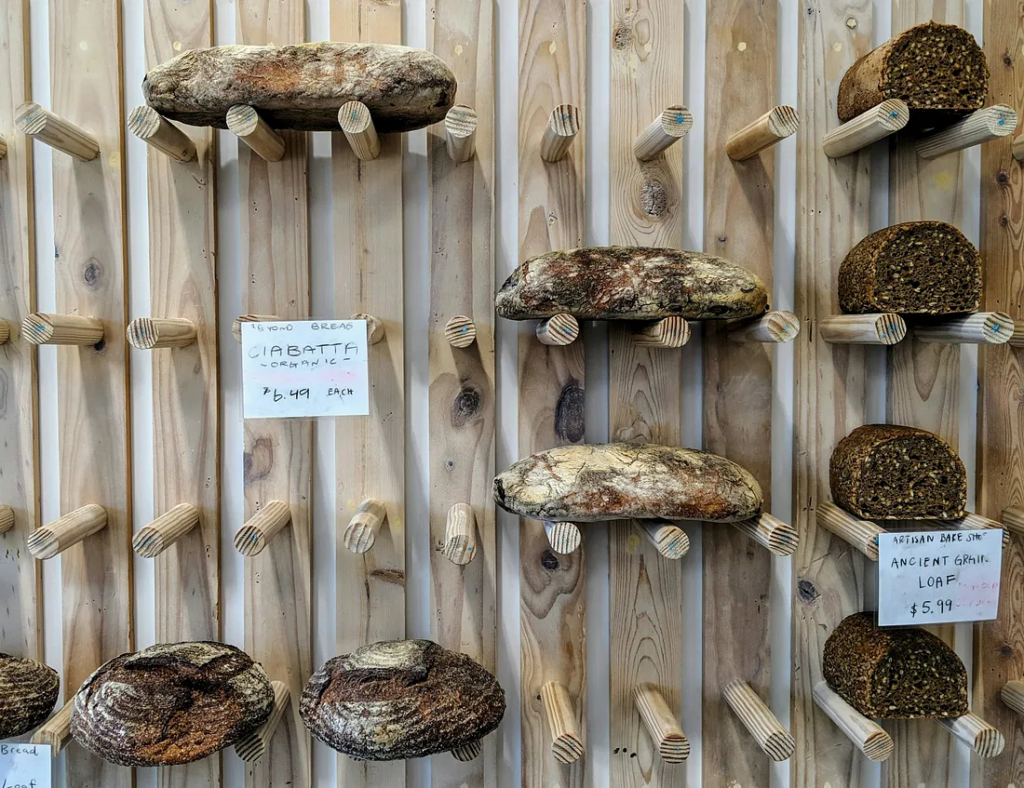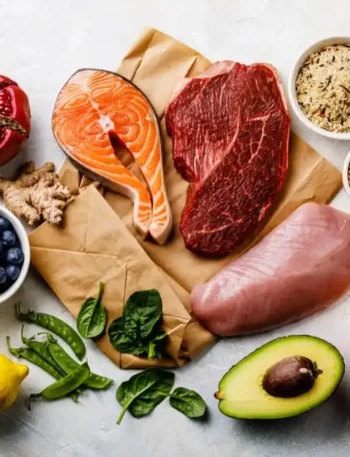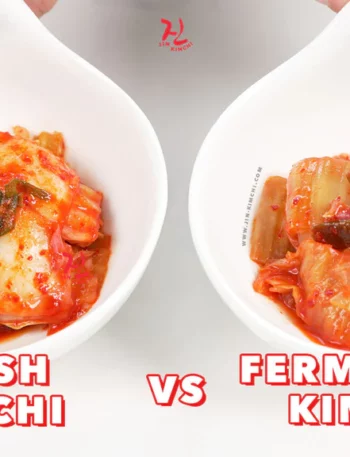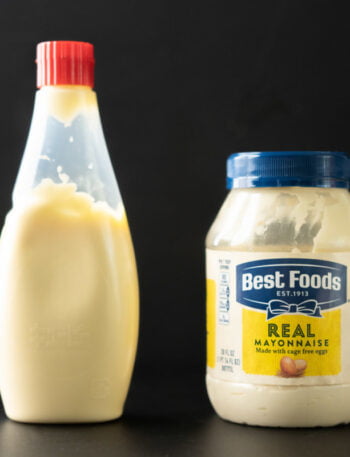
I’ll admit it: I fell for the sourdough craze too. During those endless months of lockdown, when people were panic-buying yeast and flour like it was gold, I found myself following suit. Before I knew it, I had a glass jar full of bubbly, pungent starter perched on my kitchen counter.
What began as a casual curiosity soon turned into a whole journey of late-night baking, sticky counters, and an oddly personal relationship with something I had to feed every day. Yet, for all the charm, mystique, and Instagram-worthy moments that sourdough promises, there are secrets and struggles people rarely mention.
The Romance of Sourdough
On the surface, sourdough sounds magical. You mix flour and water, and voilà — you’ve got a living, breathing thing! It feels like a life hack, like you’re reuniting with some ancient, mystical knowledge passed down through generations.
People will say, “It’s just flour, water, and salt!” And technically, they’re right. But here’s the thing no one tells you: sourdough is high maintenance. You think it’ll be like owning a succulent plant — just a bit of water every now and then, and it thrives.
But in reality, it’s more like owning a needy pet. This thing has moods, reactions, and unexpected temperaments, and it will keep you guessing every step of the way.
I still remember that one time I tried to bake on a hot summer day. My dough looked more like a melted pile of goo than anything remotely bread-like. It’s these little quirks that make sourdough unpredictable.
Temperature, humidity, the type of flour — all these tiny details play a role. I was genuinely shocked by how much “science” (or maybe it’s art?) is involved, and I had to learn, as they say, by eating my mistakes.
The Unseen Cost of “Free” Bread
Sourdough might seem economical. After all, you’re just working with flour, water, and salt, right? But it turns out there’s a lot more that sneaks up on you. First, the flour situation. Let’s just say, standard bleached flour won’t cut it for a sourdough purist.
So, soon enough, you’re buying organic, unbleached flour, maybe even grinding your own if you’re really deep in the rabbit hole. And let’s talk about the starter: after a while, it becomes a flour-hungry monster. Feeding it twice daily meant bags of flour disappeared faster than I could keep up.
Add to that the equipment everyone says you “must” have. A Dutch oven? Essential, they say, for the perfect crust. Then there’s a banneton, a lame (the special blade for scoring), and maybe even a stand mixer if you’re tired of kneading by hand.
Before I knew it, I had all this equipment filling up my tiny kitchen, each purchase justified by the dream of that perfect, rustic loaf.
The Emotional Rollercoaster of Baking
There’s a weird emotional commitment that comes with sourdough, and no one prepares you for it. You start this journey thinking, “How hard can bread be?” But each loaf becomes its own saga. I’d carefully measure out my ingredients, mix, knead, fold, and wait. Every rise felt like a mini victory or, sometimes, an utter failure.
One evening, I’d planned to bake a loaf as a surprise for a friend’s birthday. I’d followed the recipe down to the gram, thinking I’d nailed it. When I pulled it out of the oven, though, it was more brick than bread.
I was crushed, wondering what had gone wrong. Was the starter too young? Did I rush the fermentation? After all, sourdough has its own timetable, and it doesn’t care if you have a schedule to keep.
And let’s not forget the heartbreak of “starter death.” One day, your bubbly, thriving starter just…stops. It’s quiet. There are no bubbles, no rise. You try to revive it, but sometimes, it’s just gone, and you mourn it like an old friend. Only fellow sourdough bakers will understand that sense of loss — seriously, it feels personal.
What Sourdough Really Teaches You?
Despite the mess, the commitment, and the unexpected costs, there’s something oddly grounding about baking sourdough. If there’s one thing I took from this, it’s that sourdough doesn’t follow your schedule, and that’s okay.
Baking became my time to slow down, to get my hands a little sticky, to smell the comforting, slightly sour aroma as it filled the house. It’s almost meditative.
Sourdough has a way of revealing truths about patience and flexibility, the little skills you never thought you’d need but somehow apply to everything. In a world obsessed with speed and efficiency, sourdough demands slowness and attention.
You can’t cheat it. You can’t rush it. You’re forced to adapt to it, which, in its way, is a gentle reminder that sometimes it’s okay to be led, not always in control.
The Dark Side of the “Perfect Loaf” Hype
You’d think that once you master the basics, the process becomes smooth sailing. Wrong. Every new bake is a gamble, and here’s another secret: you’ll rarely see all those botched attempts on social media.
There’s an unspoken pressure to have that perfect, crackly crust, the ideal crumb structure, the photogenic “ear” (that little lift at the top that makes it look just right). But in reality, achieving that is rare, even for pros.
In fact, the more time you spend with sourdough, the more you realize that imperfections — odd bubbles, slightly misshapen loaves, a crust that’s just a bit too dark — are part of the journey.
The “perfect loaf” may be elusive, but that doesn’t stop people from trying again. And maybe that’s what keeps us coming back, flour dust everywhere, oven hot, waiting for our next bread-based triumph.
A Love Letter with Reservations
Would I recommend diving into sourdough? Absolutely — but with a healthy dose of reality. It’s not all warm, rustic photos and easy-breezy success. There’s sweat, and, yes, there might even be tears (or a fair bit of swearing).
Sourdough teaches resilience and humility, and those are the real rewards, far beyond the crusty loaf cooling on the counter.
So, if you’re considering embarking on this journey, prepare yourself. Sourdough is an adventure, a little humbling and a lot rewarding, full of delicious victories and flour-covered lessons.
And while it might not look exactly like the ones you see online, that first warm slice? Totally worth every grain of flour.









